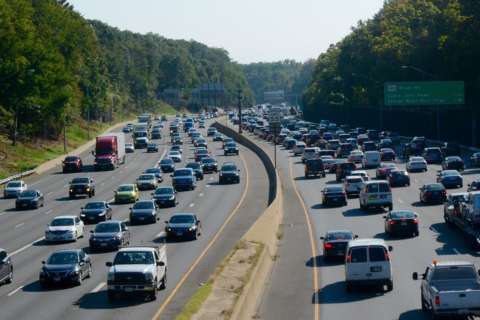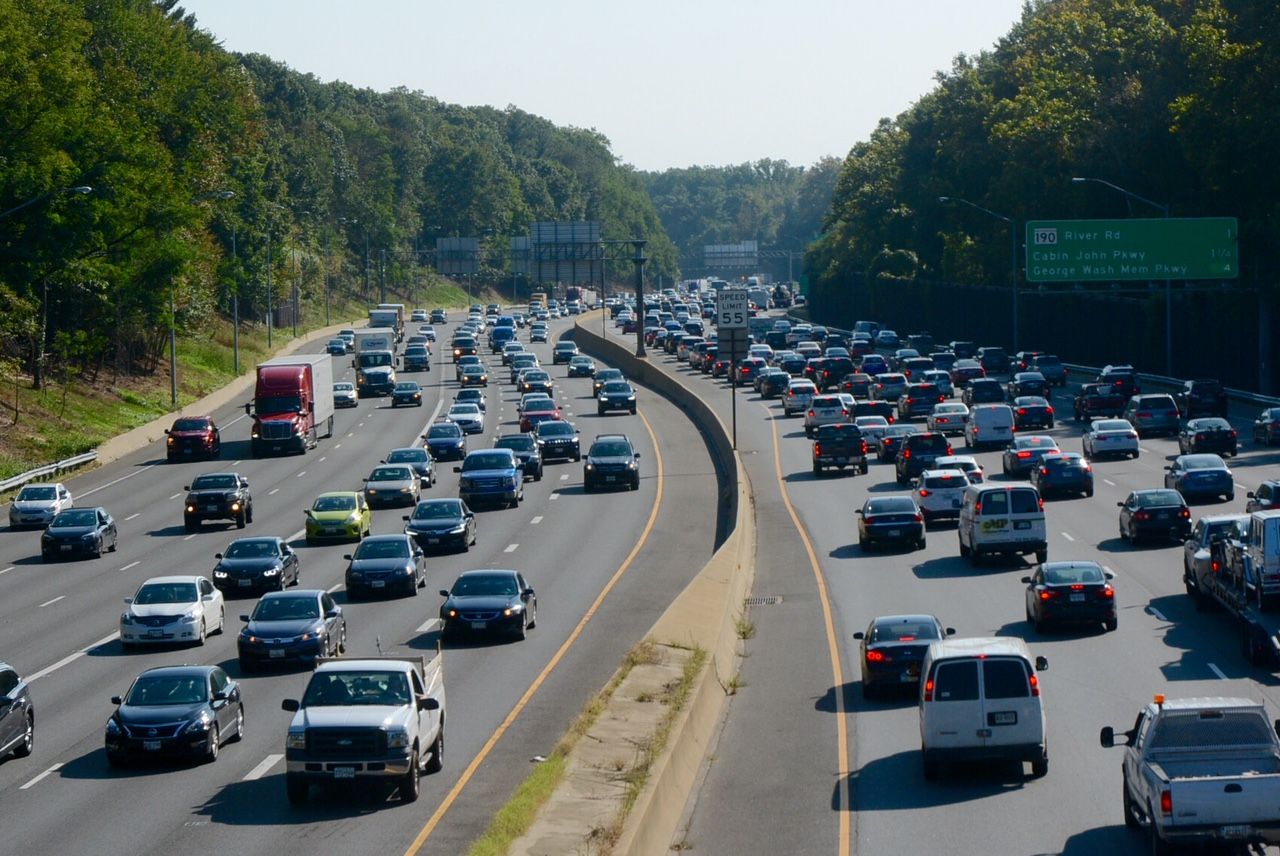
In the first three weeks of 2020, drivers struck and killed three pedestrians on the road in Montgomery County, Maryland — a rough start to 2020 for Vision Zero, the county’s ongoing project to eliminate all traffic-related deaths by the end of the new decade.
When Montgomery County became one of the first counties in the U.S. to enact a Vision Zero plan a few years ago, officials set a goal to see a 35% reduction in serious and fatal motorist, pedestrian and cycling crashes in 2018 and 2019.
Although it met that goal for reducing the number of motor vehicle occupants hurt or killed, it fell short of reducing the number of vehicle-related deaths for pedestrians and bicyclists.
On Tuesday, the county council held a briefing discussing how to stay the course to zero.
“Pedestrians were well above the target,” said Vision Zero Coordinator Wade Holland. “The target was 49, and we had 78 for 2019 and we matched the target of 11 for bicyclists. So the overall target was goal was 240 serious and fatal crashes and we actually had 265.”
In the first four weeks of 2020, in addition to the three pedestrian deaths, 37 pedestrians and 6 cyclists have been struck, with serious injuries suffered by one cyclist and three of the pedestrians.
But Holland said that while numbers are not coming down as quickly as we county officials had hoped, there is something else to take into account when viewing the annual numbers: Population increase.
“We’ve been holding steady with our fatality numbers, right around 30, for the last decade or so. But in that time, since 2005, our population has grown 15%, or basically added over 100,000 people,” Holland said.
“While we’re seeing more exposure — because of more people, more driving and cheaper gas — we’re holding steady on numbers. But of course, it’s not vision hold steady, it’s Vision Zero … we know we can do better.”
A lot of money is about to be poured into new related projects with the hope of doing just that. The county has allotted $266.6 million for Vision Zero-related projects in its recommended budget for the next six years — including bikeways and pedestrian priority areas.
But Council member Andrew Friedson was frustrated with the way things are being done, calling the briefing “reactive.”
“We really just can’t wait for deaths to respond to this on a case-by-case intersection-by-intersection basis,” said Friedson. ”If we’re going to be serious about Vision Zero, then our county government must stop blaming the people who use the roads and take the responsibility for the roads we’re designing.”
Planning Department Division Chief Jason Sartori said the county, under Vision Zero, is shifting to a proactive approach in preventing serious incidents.
“One of the changes that many Vision Zero communities undertake is a transition from a safety approach that focuses on locations, where high rates of severe injuries or fatalities have already occurred, to one that identifies and treats locations with similar characteristics,” Sartori said.
The council also wants to hear resident’s thoughts on the topic, and have planned a town hall meeting on pedestrian bike safety for Feb. 9.









